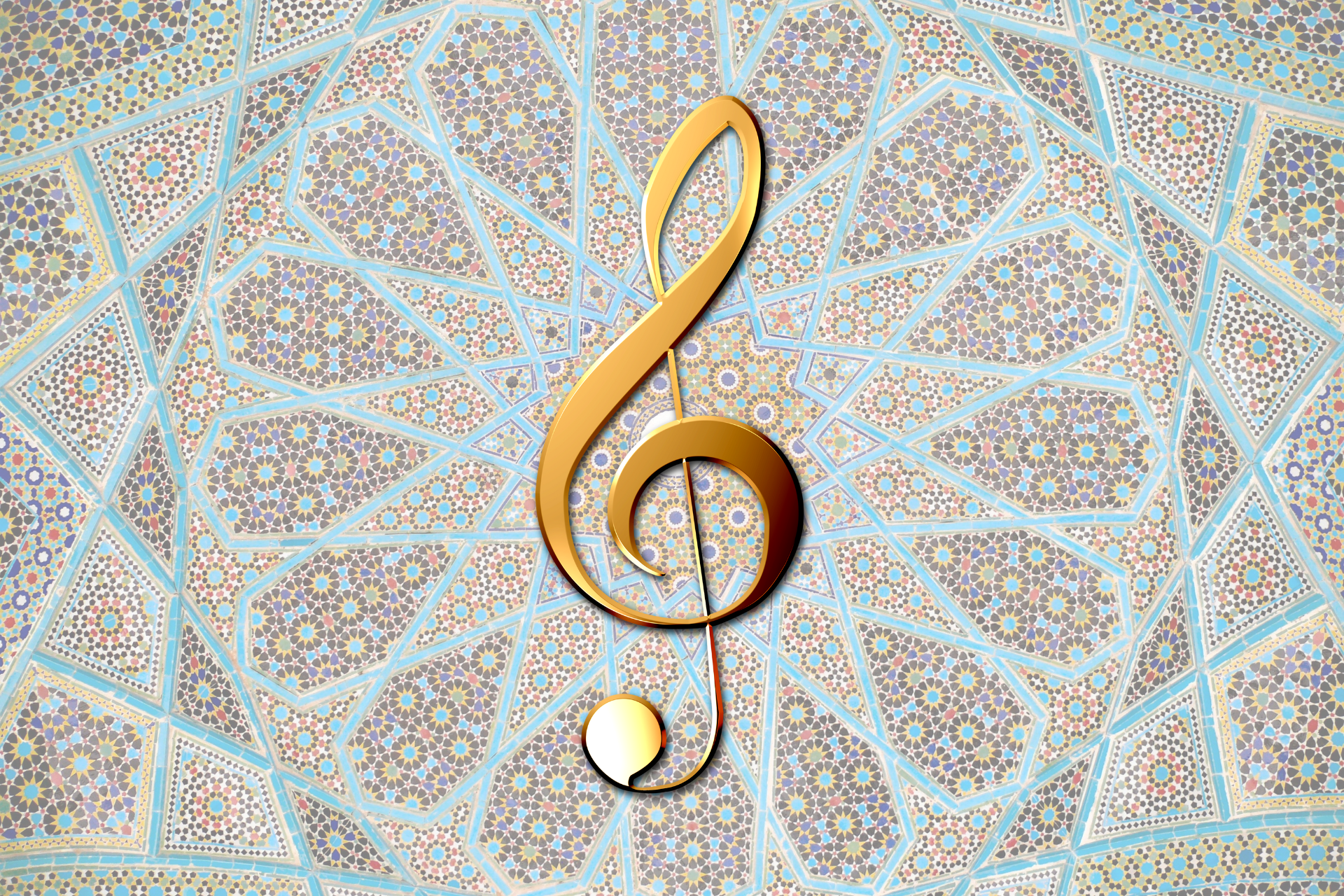General Articles
What Is Radif in Persian Music? A Deep Dive into a Classical Tradition
Persian music, with its rich history and intricate structure, offers a profound reflection of Iran’s cultural and artistic heritage. At the heart of this music lies the radif, a complex and essential component that defines classical Persian music. Understanding what radif is and why it matters provides key insight into the soul of Persian musical tradition.
The Origins of Radif
The word radif in Persian translates to “row” or “sequence,” and it refers to an ordered collection of old melodies that have been handed down through generations. These melodies, or gushehs, are grouped into modal systems known as dastgahs. Although many believe that radif is an ancient system, the formal codification of it as we know it today is relatively recent, most notably by 19th-century musician Mirza Abdollah, whose radif became a foundational framework for teaching Persian music.
Radif’s origins go back centuries, with some melodic elements likely originating from pre-Islamic Persia. Over time, these melodies were orally transmitted from master to student, slowly forming a structure that was eventually written down and preserved in more formal collections during the Qajar dynasty.
The Structure of Radif
A full radif consists of more than 200 individual melodic units, each called a gusheh. These gushehs are not isolated compositions but interrelated phrases that share tonal centers, characteristic motifs, and mood. They are arranged within a modal framework known as a dastgah or an avaz (a sub-category of dastgah).
There are 12 modal systems in total, 7 dastgahs and 5 avazes:
-
Dastgahs: Shur, Mahur, Homayun, Segah, Chahargah, Rast-Panjgah, and Nava
-
Avazes (offshoots of dastgahs): Bayat-e Tork, Bayat-e Esfahan, Bayat-e Kord, Afshari, Dashti
Each dastgah has its own emotional character and spiritual essence. For example, Dastgah-e Shur is known for its melancholic and mystical atmosphere, while Mahur conveys a brighter and more jubilant mood, similar in some ways to the Western major scale.
Radif as a Pedagogical Tool
One of the most important roles of the radif is in education. Traditionally, students of Persian classical music begin their training by memorizing the radif exactly as it was passed down. This memorization process can take many years, as it requires not only technical mastery of the instrument or voice but also a deep emotional understanding of the melodic content.
Once a musician has mastered the radif, they can begin to improvise based on the motifs and structural principles embedded in it. This improvisation, known as bedāheh-navāzi, is a defining characteristic of Persian music. It allows for personal expression within a highly disciplined framework, an interplay between freedom and structure.
Transmission Through Oral Tradition
Despite its importance, much of the radif was historically not written down. Instead, it was passed from teacher to student in an oral tradition. This approach emphasized not only the notes themselves but also subtleties of interpretation, dynamics, and emotional nuance. Teachers would often sing or play a gusheh multiple times for the student, who had to internalize and reproduce it.
Today, while there are written versions and recordings of radif by masters like Mirza Abdollah, Ali Akbar Shahnazi, and Nour Ali Boroumand, the oral tradition remains central. The master-disciple relationship (known as ostad-shagerd) is still valued as the most authentic way to absorb the art form.
Radif in Instrumental and Vocal Traditions
Radif is performed on both vocal and instrumental platforms. Vocal radif is particularly important because many of the gushehs are based on Persian classical poetry, using verses from poets like Hafez, Rumi, and Saadi. The poetic content often enhances the emotional delivery of the music and adds layers of meaning.
Instrumental radif is usually taught on traditional Persian instruments such as the tar, setar, santur, kamancheh, and ney. Each instrument brings its own timbral character to the radif, and each master may adapt the sequences slightly to fit the instrument’s capabilities and their own artistic sensibilities.
Improvisation and Composition Based on Radif
Once a musician has internalized the radif, they are expected to go beyond it, using it as a guide to develop their own style and interpretations. This is where Persian music becomes truly expressive. Musicians create new improvisations and compositions using the gushehs as references, reinterpreting their phrasing, emotional tone, and rhythm.
This is particularly visible in solo performances, known as taṣnif (composed songs) and avaz (improvised singing). The musician may begin with a known gusheh and then move through various other gushehs, transitioning smoothly while maintaining modal integrity. This creative navigation through the radif showcases both the depth of training and the individuality of the performer.
Cultural and Philosophical Importance
Radif is more than just a musical system; it is a spiritual and philosophical tradition. Many believe that Persian music, and by extension the radif, reflects the inner states of the human soul. The radif is designed to evoke specific emotional and metaphysical responses in both the performer and the listener. The improvisational nature of performance emphasizes presence, mindfulness, and a deep connection between the artist and their art.
This reflective aspect of radif often aligns closely with Sufi thought, where music is seen as a means to achieve spiritual enlightenment and connection with the divine. The use of poetry from mystic poets further reinforces this bond.
Modern-Day Challenges and Preservation
In today’s fast-paced world, the art of radif faces several challenges. As globalized pop culture dominates the music industry, fewer young people are dedicating themselves to the years of study required to master this intricate tradition. There is also the issue of cultural preservation, as fewer families pass down the tradition within the home.
However, there are efforts being made to keep radif alive. Music academies in Iran and abroad now offer formal courses on radif. Digitized versions and scholarly publications have made radif more accessible than ever. Some musicians are also experimenting by blending radif with other genres, such as jazz and contemporary classical music, bringing new life and audiences to this ancient tradition.
UNESCO Recognition
In 2009, UNESCO recognized the radif of Iranian music as part of the “Intangible Cultural Heritage of Humanity.” This designation highlights the importance of radif not only as an artistic treasure of Iran but as a cultural asset of global significance. It also encourages efforts to preserve and promote the tradition both within Iran and internationally.
Why Radif Still Matters
The radif is the cornerstone of Persian classical music, a living, breathing body of melodic wisdom that connects the past to the present. Its structure provides musicians with a map for emotional expression, while its depth challenges them to master the technical and spiritual aspects of their craft. For anyone interested in Persian music, understanding the radif is essential to appreciating its full beauty and complexity.
Whether you are a student, performer, or simply an admirer of world music traditions, exploring the radif opens the door to one of the most refined and soulful musical systems in the world.
Explore Traditional Persian Instruments and More at Rhythm Music Shop
Looking to deepen your connection with Persian music? Visit Rhythm Music Shop, proudly serving Markham, Richmond Hill, North York, Scarborough, and the rest of the GTA. Discover a curated collection of traditional instruments, books, and resources to help you begin or continue your musical journey.

